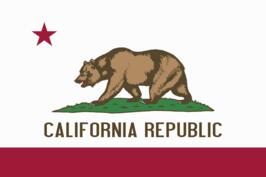Election 2012: Obama 43%, Romney 42%
President Obama and former Massachusetts Governor Mitt Romney remain in a dead heat in the latest Election 2012 hypothetical matchup.
A new Rasmussen Reports national telephone survey of Likely U.S. Voters shows Obama picking up 43% of the vote, while Romney draws support from 42%. Eight percent (8%) prefer some other candidate, and seven percent (7%) are undecided. (To see survey question wording, click here.)
Romney and the president have been neck-and-neck for nearly two months, separated by two points or less in a series of surveys.
The national survey of 1,000 Likely Voters was conducted on November 9-10, 2011 by Rasmussen Reports. The margin of sampling error is +/- 3 percentage points with a 95% level of confidence. Field work for all Rasmussen Reports surveys is conducted by Pulse Opinion Research, LLC. See methodology.
Rasmussen Reports is a media company specializing in the collection, publication and distribution of public opinion information.
We conduct public opinion polls on a variety of topics to inform our audience on events in the news and other topics of interest. To ensure editorial control and independence, we pay for the polls ourselves and generate revenue through the sale of subscriptions, sponsorships, and advertising. Nightly polling on politics, business and lifestyle topics provides the content to update the Rasmussen Reports web site many times each day. If it's in the news, it's in our polls. Additionally, the data drives a daily update newsletter and various media outlets across the country.
Some information, including the Rasmussen Reports daily Presidential Tracking Poll and commentaries are available for free to the general public. Subscriptions are available for $4.95 a month or 34.95 a year that provide subscribers with exclusive access to more than 20 stories per week on upcoming elections, consumer confidence, and issues that affect us all. For those who are really into the numbers, Platinum Members can review demographic crosstabs and a full history of our data.
To learn more about our methodology, click here.




